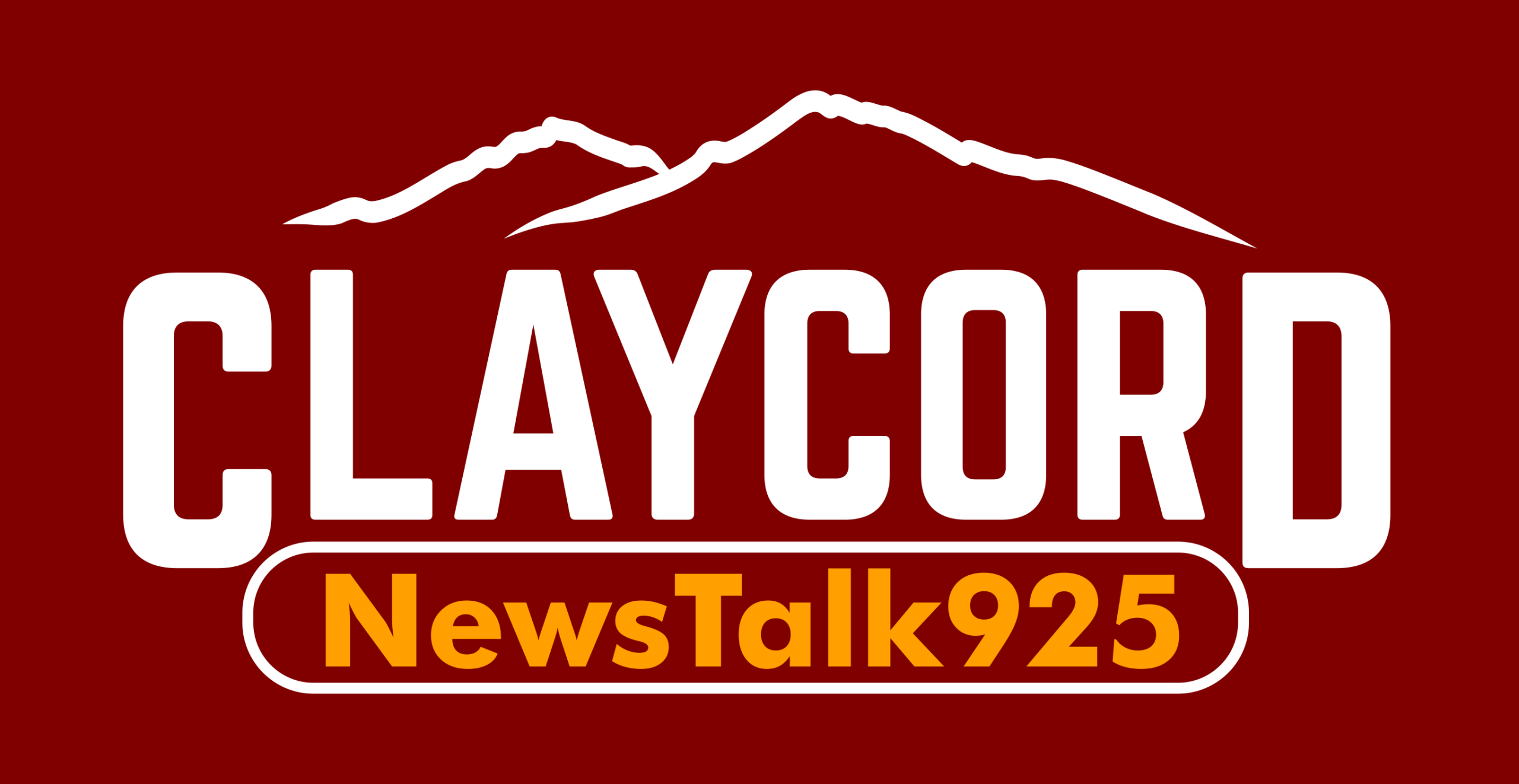The San Francisco Department of Public Health is aiming to treat the underlying cause of drug addiction in order to mitigate the city’s overdose deaths, which averaged at least two people dying every day in the first three months of 2025, the department announced Wednesday.
Public Health Director Daniel Tsai led a news conference on Wednesday to discuss the preliminary number of accidental overdose deaths last month and examples of changes the department is taking to address the city’s overdose crisis.
“The only way to tackle this epidemic is through even more proactively and urgently tackling the root cause, which is untreated or insufficiently untreated addiction, mental illness, homelessness and doing everything we possibly can,” Tsai said at the briefing.
The preliminary number of unintentional overdose deaths in the first three months of this years was 65 in March, 68 in February and 59 in January, according to the San Francisco Medical Examiner’s Office.
That adds up to 192 people who died from overdoses in San Francisco so far this year and a monthly average of 64 deaths, mostly caused by the highly potent, synthetic opioid fentanyl.
“Every overdose death we have here in the city and county of San Francisco is preventable. It’s unacceptable and it’s tragic,” Tsai said.
This year’s preliminary numbers are a stark deviation from the second half of 2024 when overdose deaths declined to an average of 43 people dying per month. October saw 37 accidental overdose deaths, the lowest number recorded since the city started tracking overdose deaths in 2020.
It appears that last year’s promising decrease was short-lived.
“As a department, we are not content,” Tsai said. “We have an epidemic before us and we are going to be tackling it as such.”
Tsai, who only started as the city’s public health director last month, was appointed by Mayor Daniel Lurie after the previous health director, Dr. Grant Colfax, resigned as Lurie entered office.
Lurie is hoping that Tsai will bring innovative, evidence-based ideas that build upon what is already working while getting rid of programs that don’t seem to be helping resolve the city’s opioid crisis.
One action the department is taking is expanding a program that provides immediate access to medication-assisted addiction treatment, a structured treatment plan with a case manager, temporary treatment beds, and the option to move into long-term residential treatment.
Tsai said the program the department is calling Rapid Engagement Shelter and Treatment for Opioid Recovery, or RESTORE, has been one of the city’s most effective tools for addiction treatment. It started as a 12-month pilot program during former mayor London Breed’s administration and currently has a capacity of 35 beds located at the Adante Hotel downtown.
“What makes RESTORE so different from the myriad of other programs that we have is the urgency, the engagement and the connection between a bed and treatment,” Tsai said.
Teams of city workers navigate the streets of San Francisco and engage with people experiencing drug addiction. Those who accept treatment are given immediate access to a RESTORE bed if available where patients can stay temporarily and receive intensive, medication-assisted care.
After one to two weeks of staying in a RESTORE bed, patients leave and can choose to continue receiving prescriptions for medications like Suboxone, a narcotic used to treat opioid use disorder that can help minimize withdrawal symptoms.
Patients also have the option to enter long-term residential treatment.
“The success rates are unlike anything we’ve ever seen with any other intervention we have,” Tsai said. “I can think of very few interventions that we have from a public health standpoint where we’re getting people plugged into a bed and initiating treatment literally immediately.”
Tsai wants to bolster RESTORE to 75 beds with a long-term goal of about 150 to 200 beds.
“One of our biggest barriers is we only have 35 beds,” Tsai said. “There are people on the street who are willing to start treatment in this sort of setting, but the issue is we don’t have enough capacity.”
While the department is aiming to continue focusing on responses that appear to be productive, it is also pivoting away from certain programs related to harm reduction that it deems ineffective.
Safe consumption sites, which temporarily popped up during Breed’s administration, are “not on the table,” Tsai said.
The department also recently banned the distribution of safe smoking supplies in public. For years, the city has been giving funding to nonprofits that hand out clean equipment for ingesting drugs with the intention of reducing the transmission of viral diseases.
But on April 30, groups that have contracts with the city will be prohibited from providing smoking paraphernalia in public. Part of the shift also requires organizations to provide access to treatment resources to people who receive safe supplies for drug use.
The department is hoping that these deviations from the previous administration’s response, while simultaneously expanding treatment-focused strategies, will translate into real reductions in overdose deaths.
“The current approach of what we’ve done historically here has not delivered the results that we need,” Tsai said. “Our focus is going to be on moving upstream to get to the root cause of overdose deaths.”


Get those non-profits providing safe this or that out of the picture. FYI, non-profits have paid staffers so they get the money from the city and county and keep some for themselves first, then buy some clean needles or safe smoking tools to give away.. One thing that seems to be missing in the plan to eliminate the drug dealers. What is the plan for eliminating the source?
1) Remove tents and makeshift shelters (encourages people to accept shelter beds and they have greater chance of being seen in medical distress situations)
2) Expand facilities for methadone administration to include pharmacies.
3) Encourage people not to provide cash handouts.
4) End cash general assistance payments ($395 month on top of food stamps)
Providing handouts, free everything, needles and safe havens – what to you expect? The new Mayor Lurie should clean that up
Geez, at that rate we might run out of drug addicts living on the street.
If only.
Population control. if they dont want to stay alive why do we keep tryin to keep them alive.
Seems totally fair. And saves us a bundle in taxes.
unless they get 2 new users a day the city is slowly cleaning itself.
So the purge is working…
“Turn on, Tune in, and Drop Dead”…….Things have sure changed Since “If You’re going to San Francisco”.